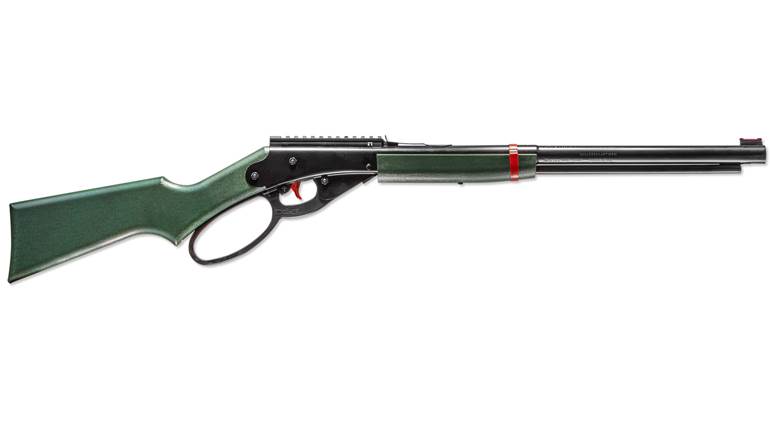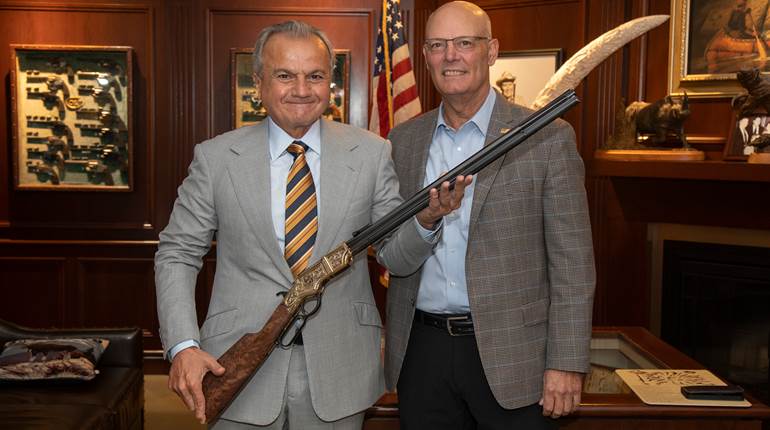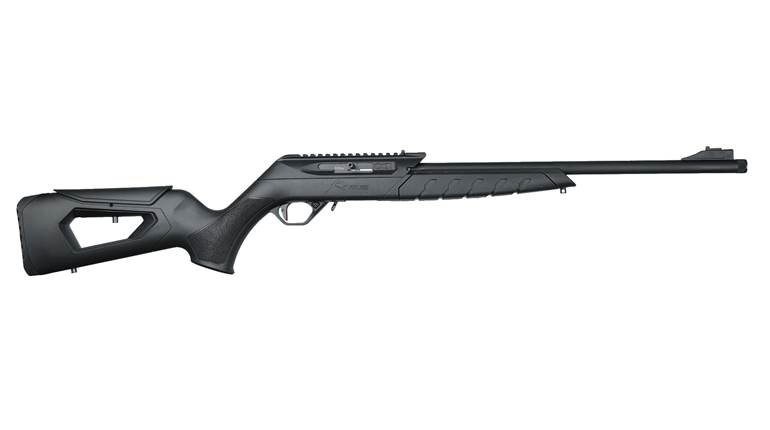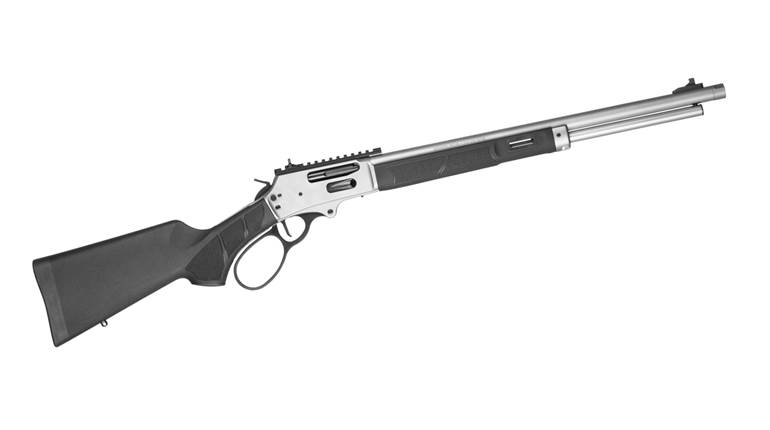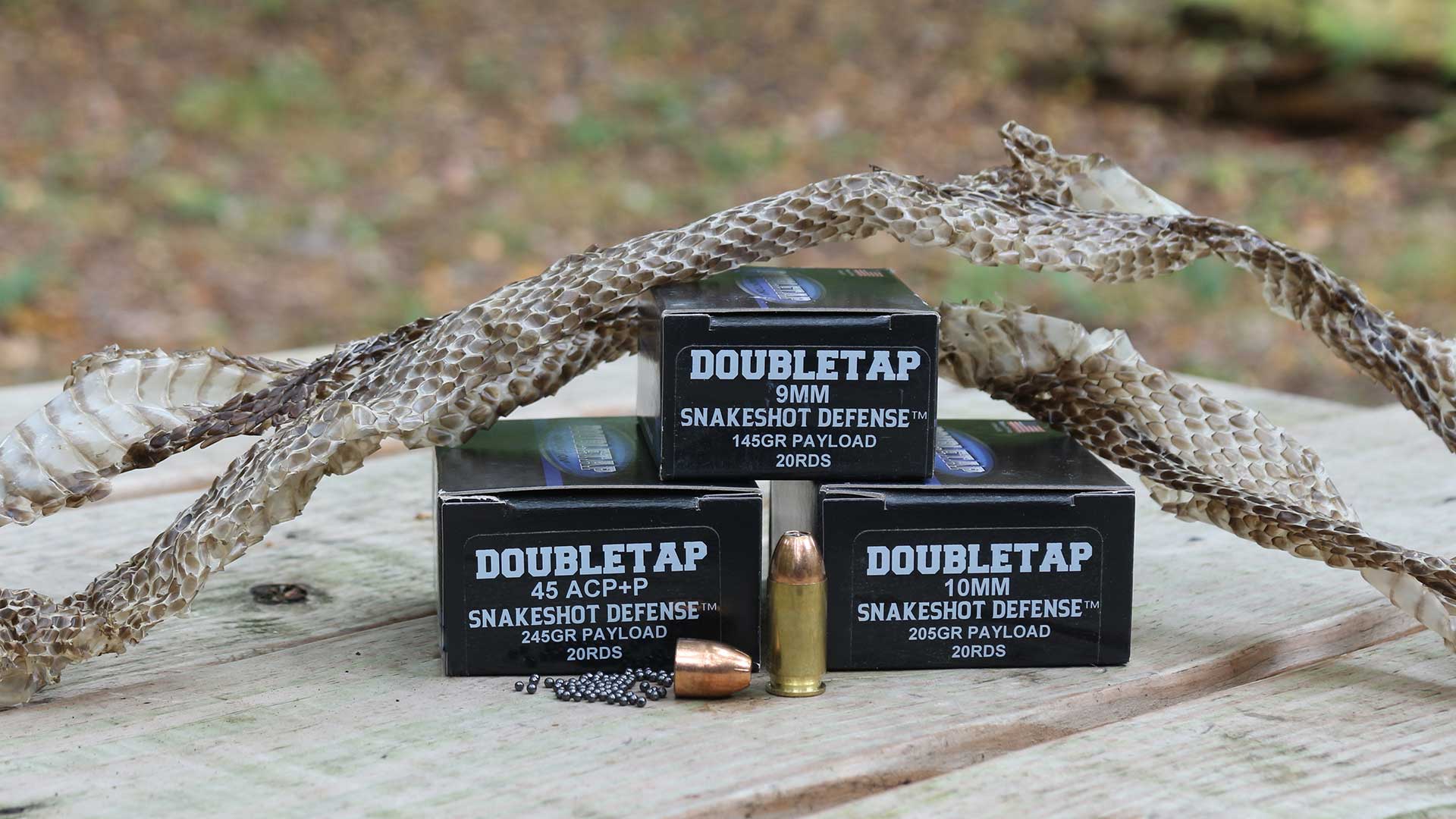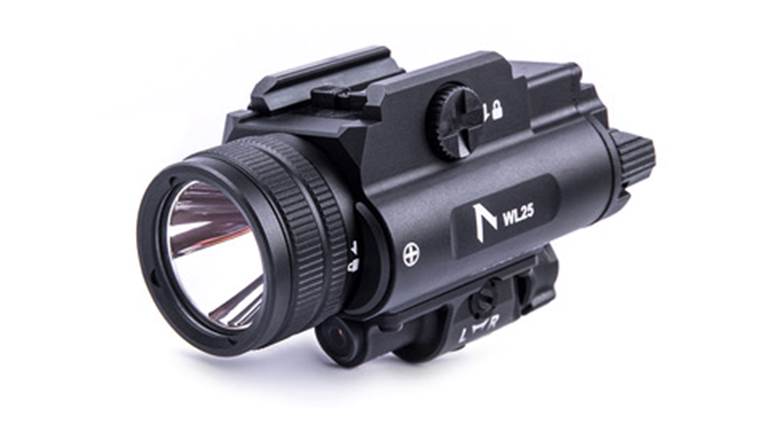
I was recently able to get my hands on a Trapdoor Springfield rifle and get a feel for firing the old veteran. I was struck by three things in very short sequence: First, the weapon was surprisingly well balanced. This was a rifle that had been cut down at some point in its post-war life to almost carbine length and was handy, quick to shoulder, and rather light by today’s standards. Second was the intricate rear sight, and how clearly it was the paternal forefather to the sighting arrangement for the 1892 Krag and the 1903 Springfield. And finally, as a Marine with a keen appreciation for why this .45-70 was needed by the fighting men who carried it, and how much time was required to reload. This last point sent me on several weeks of reflection, shooting and more reflection.
The 1884 Springfield featured the Buffington rear sight, a true long range ballistic achievement for the day, with multiple sighting notches and a drift-compensating ladder that was graduated out beyond a mile and a half.
This particular Springfield’s serial number dated it as an 1884 rifle, with the refinements that resulted from the Army Ordnance Department’s soul searching in the wake of the Custer Massacre in 1876. Most notably, these included the impressively engineered long-range “Buffington” sight. A modern shooter is understandably perplexed that the brass’s response to a crushing loss at the hands of a larger force armed with repeaters was to improve the long-range characteristics of the single-shot service rifle. I couldn’t stop wondering about what the real difference in “tactical” shooting potential was between the prolific early Winchesters, some of which are thought to have been in Sioux hands at the Little Big Horn, and the issue Trapdoor. I contacted Cimarron Firearms to arrange the loan of one of their 1866 “Yellowboy” Winchester replica carbines.
The Yellowboy arrived in short order and is a faithful reproduction of the original in all functional aspects. The original brass-framed lever-gun was Winchester’s refinement of the Civil War-era Henry rifle, maintaining the lockwork and the .44 Henry Rimfire chambering, while adding a wooden fore-end and the now familiar loading gate in the receiver to stoke the magazines with cartridges.
The .44 Rimfire is not a modern option, but the antique cartridge fired flat-nosed lead bullets that actually measured about .446, weighed 200-215 grains, and left the muzzle from 1100 to a bit over 1150 fps. This is pretty close to what the .45 Colt does from the carbine length barrel firing either CCI’s 200-gr. Blazer JHP or Federal 215 gr. American Eagle, so the recoil and trajectory from the .45 Colt were going to be close enough to get a sense of the original.
The “trapdoor” is open and ready to accept a .45-70 round into the chamber. The mechanism was initially conceived as a way to convert Civil War muzzleloading rifle-muskets to breechloaders. The basic design stuck through 1892.
I couldn’t find any references as to the “official” Army method of loading the Springfield. The services tend to stipulate literally everything in life, from the correct lacing of shoes to the doctrinal manual of arms, so there was likely an “Army way” of working the Trapdoor mechanism in battle. I tried several, looking for maximum efficiency. I settled on keeping my support hand in place on the fore-end and the butt in my shoulder after the shot, simply depressing the muzzle to get the action in proximity to my belt line. The cartridges were on my belt as they would have been with a frontier soldier. My right hand would cock the hammer, unlatch the trapdoor which extracts and ejects the fired .45-70 case, slide in a fresh cartridge, and flip the trapdoor back into place as the support hand raised the weapon back onto target and the right regained its firing grip. The sequence is a simple process but certainly not a speedy one. Early attempts took as long as seven seconds with bobbling motions and inefficiency. This came down with effort to about four seconds as motions smoothed out. These numbers are in line with the Army’s 1873 rifle trials where new troops averaged 7.5 seconds to reload and more experienced just under 4 seconds with the Springfield. When everything came together perfectly for me shots rang with only 3.5 seconds between on silhouette targets at 20 yards.
Three and a half seconds. Think about the ground a horse-mounted enemy can close in that span. Or even a rushing attacker with a stone-age weapon. Nerves of steel were required to nail a reload in the face of either and a seeming eternity to get back in action.
However, the technical question is between the two long guns. In the time it took on average to reload the Springfield, I was able to lever out seven or eight .45 slugs onto a 20-yard target. I am not a cowboy action shooter and had never previously fired an 1866, so it was a bit of discovery to get the speed to that level. The fastest intervals happened by vigorously working the lever out and back with the trigger finger held somewhat stiffly to “run into” the waiting trigger and the firing hand thumb staying curled to the outside rather than attempting to regrasp the wrist of the stock. Sweeping multiple targets added a slight bit of time shot to shot, but intervals were still well under a second. Inside of the desperate separation of hailing distance, where even the unskilled can be deadly, the ’66 had a rather dramatic advantage.
For the next comparison, I set up a steel silhouette at 150 yards to gauge performance at the edge of the most common combat engagement distances over numerous conflicts. On the shooting end I adapted my truck cover to “wagon bed prone,” standing with my elbows supported on the elevated surface. For the trapdoor I laid out several cartridges near my hand as I would imagine any trooper doing in anticipation of a fight.
The drill began with a shot to a 12” piece of steel at 90 yards and the timer recording the interval required from the first hit to conduct a reload and strike the 150 yard silhouette. The Springfield averaged 8.4 seconds; times ranged from slightly over 10 seconds with some fumble fingering during the reload to a low of 6.5 seconds where the reload was smooth, with the rifle settling back onto target perfectly. There was absolutely no mistaking a hit; the ounce-ish lead bullets packing a tremendous wallop and leaving a deep bass bong! to drift uprange.
The 1866 owned the drill. The smooth action on the Yellowboy allowed me to easily lever in a fresh cartridge with minimal disruption to my position and get onto the far target ready to take the slack out of the trigger. The fastest run took just 3.5 seconds between hits and the lever-gun averaged 4.2.
Both the Winchester and the Springfield grouped loads they liked into about three inches for three shots at 100 yards and others rather casually into a spread hand’s width. I had made some low-pressure smokeless powder equivalents to the old service load on my Hornady press for the Springfield and found a combo that regulated to the sights and clustered well, while the Blazers ran tight from the ’66. The sights on the Springfield provided a somewhat more precise hold, particularly with the ladder up, while the trigger on the Winchester replica broke somewhat lighter and more crisply. Neither had a clear advantage in the combination of sights and trigger nor in overall balance.
Of course, there will be counterarguments about the superior range and accuracy of the Springfield, to which I cry "uncle" as long as we are talking about lines of troops shooting at opposing lines of troops or formations. The Army had successfully tested volley fire potential with the Trapdoor out to an incredible 2,500 yards in the Sandy Hook tests of 1879. My frame of reference, however, is the individual enemy that the individual soldier is attempting to hit at distance. Through the entirety of the Indian Wars I am not aware of any instance of soldiers actually firing at mid to long range, despite the wide open spaces of the frontier. The post Custer training improvements incorporated marksmanship exercises at greater distances, but there is a huge gulf between firing onto a known distance target and hitting a "free-will" target at a similar (but unknown) distance.
Target shooters of the era did truly amazing work out to and including 1,000 yards, but that required exacting knowledge of the rifle’s zero, the wind conditions, and exceptional skill. The trajectory of the .45-70 past about 250 yards falls of steeply, with the bullet dropping another six inches with each few strides at ranges for which a modern shooter would barely hold over. To take advantage of the Springfield’s potential range would require an individual rifle that grouped the service load particularly well, an exacting starting zero, a near 100-percent perfect estimation of the range to the enemy, the time to move the rear sight to the correct setting, and the skill to break the shot before the enemy moved or disappeared. I’m not buying it ... it certainly could happen in the right hands, but an individual warrior at distance was under modest threat from an individual Trapdoor rifleman and relatively safe from a Yellowboy. 
The Cimarron ’66 could fire up to eight shots onto a 20 yard target in the 3.8 seconds that it took on average to reload the Springfield.
The next natural argument, and one that the Ordnance department was taken by, was that of power. Any number of references discount the ballistics of the .44 Rimfire as relatively weak. And compared to the .45-70, a round that can handily drop a bison and mortally wound at more than a mile, the .44 comes off poorly. The rimfire cartridge is essentially a pistol cartridge; although initially offered in the Henry rifle there were a number of frontier revolvers that were chambered for it. I have read a number of frontier accounts that belittled the round’s performance on game. However, I’ve not yet found credible complaints of the round failing to deliver results from those units who carried the Henry during the Civil War. The ballistics of the lever action carbine are slightly ahead of but in the same general bracket as the venerable .45 ACP when fired from the longer barrel of the Thompson SMG. You don’t hear many armchair ordnance arguments about the ‘weakness’ of the Thompson. Of course, by the time the 1884 series improvements were incorporated into the Trapdoor there were repeaters on the market which were chambered in considerably more powerful rounds.
For good or ill, the decision to keep a single shot rifle for virtually all of the Indian Wars was rooted in biases that are familiar still today.
- The leadership class was mentally anchored in the "last war" that they had come of age in where the range, rate of fire, and power of the Springfield made perfect sense.
- The experts discounted, to a degree, the requirements of the fight the troopers were actively in (irregular fights against hostile tribes) or likely to face, for the more difficult high-end army on army scenario where volley fire at distance would matter.
- The far-flung outposts and difficulty of resupply spurred concerns that the troopers would expend too much ammo given a high rate of fire weapon. The logic of this is somewhat stretched, as the .45-70 is essentially twice as long and twice as heavy as a .44 Rimfire; the same size resupply crate in the back of the wagon could carry twice the amount of ammunition for a lever gun as it could .45-70s.
- The tactics of the day prized maneuver and position to a degree that discounted how often actions devolve to the individual fighting in small groups.
We tend to design rifles for long range where we would like to fight and end up using them overwhelmingly in the same space where combat has taken place since antiquity--up close where the gladius, the pike, and the musket were at home.
With a set of life experiences and military service 140 years removed from the decision to avoid the repeating rifle, it is admittedly hard for me to concur with the choice. The Turks used a combination of 1866 Winchesters and single shot big bore rifles to great advantage in the defense of Plevna in 1877. If I were outfitting a frontier unit I would be tempted to pursue a combination approach as well. Some number of rifles and the Gatling Guns chambered in .45-70 could theoretically handle longer engagements and penetrate hasty defensive positions while lever action carbines could provide volume of fire in close.
The ’66 carbine was impressively smooth and fast in all drills. It is no surprise that it (and the similar but improved ’73) were so widespread and popular throughout the frontier. Out of curiosity I fired the Cimarron ’66 on the carbine qualification course used during current Marine Raider special operations training. Where some of the time limits are ample with an M-4 I had to push to just barely come in under the wire with the lever gun, but I made each one. The qual includes multiple targets, shots on the move and other tests that the ’66 did surprisingly well on. The resulting score was respectable with any weapon, but particularly with a faithful reproduction of a 150-year-old design.
I enjoyed the mental and range history exercise of comparing the two rifles. It is hard to handle an old Springfield and not appreciate the ballistic science that went into making it a long range battlefield tool. However, the Winchester was likely the more effective weapon.
Also by this author:
Handgun Hard Choices: Colt M1911 or S&W M1917?
Tested: Lipsey's Vickers Tactical Glock 17












